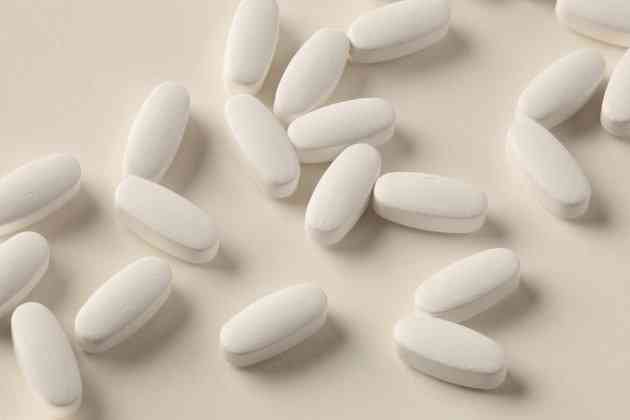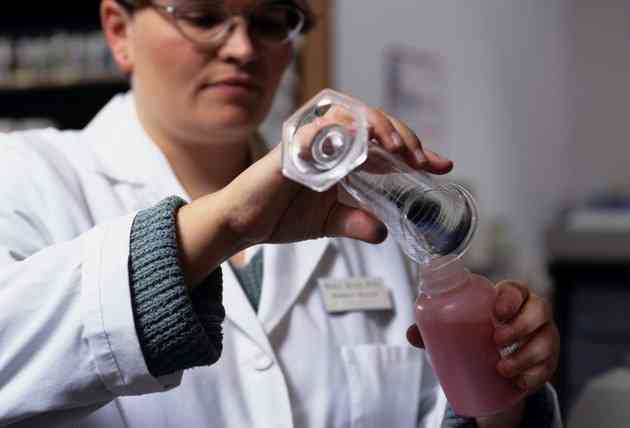Cholesterol Test Results Explained

After you reach a certain age or if you have risk factors for developing cardiovascular disease, your doctor may recommend a blood test to check your cholesterol levels. Generally, this blood test occurs after a 12-hour fast. A cholesterol test will reveal your total cholesterol and the quantities of each type of cholesterol that make up the total. VLDL, LDL, HDL and total cholesterol levels are measured in milligrams of cholesterol per deciliter of blood, or mg/dl. If your doctor feels your cholesterol levels are too high, he may suggest changes to your lifestyle or medication interventions.
 A doctor is entering test results into a computer. (Image: psphotograph/iStock/Getty Images)
A doctor is entering test results into a computer. (Image: psphotograph/iStock/Getty Images)Total Cholesterol
Total cholesterol is the total measurement of all of the different types of cholesterol. This means the total from VLDL, LDL and HDL cholesterol. For a healthy adult, total cholesterol levels should remain less than 200 mg/dl. According to "Nutrition" by Frances Sizer and Eleanor Whitney, if you have a family or personal history of cardiovascular disease, your doctor might have stricter guidelines for your total cholesterol. If you have any questions concerning your total cholesterol, consult your doctor.
LDL Cholesterol
Low-density lipoprotein or LDL cholesterol is also known as the "bad" cholesterol. LDL acts as an inter-body carrier of cholesterol. Its role is to transport cholesterol from the liver to skeletal muscle and fat. LDL cholesterol makes up the majority of your cholesterol. Your LDL levels should be less than 100 mg/dl.
HDL Cholesterol
High-density lipoprotein, or HDL, cholesterol is considered "good" cholesterol. This lipoprotein transports cholesterol from the muscles and fat cells to the liver. Once in the liver, cholesterol is broken down and sent for excretion. Higher levels of HDL cholesterol are better since they help to lower your bad cholesterol. Your HDL levels should be 60 mg/dl or higher. According to the book "Physiology of Sport and Exercise" by Jack Wilmore and David Costill, the ratio of total cholesterol to HDL cholesterol is the best marker of your risk for developing cardiovascular disease. A low risk is represented as a ratio of 3.0 or lower. An increased risk of disease is a ratio of 5.0 or higher.
Triglycerides
Triglycerides are the most abundant form of fat in the diet. Blood triglyceride levels can be elevated by a high fat diet. According to the book "Essentials of Medicine" by Thomas Andreoli, if a person is overweight or obese, he is most likely to have high blood triglycerides. Fasting triglyceride levels should be less than 200 mg/dl.
Prevention/Solution
The best solution for elevated cholesterol and triglyceride levels is to change your behavior. Diet and exercise can be an easy solution to a dangerous cholesterol profile. According to Andreoli, triglyceride levels are decreased after a single bout of exercise. For cardiovascular health, the American Heart Association and the American College of Sports Medicine recommend participating in 30 minutes of moderate intensity physical activity five days per week. For eating, you should consume a low saturated fat diet. Try to replace saturated fats with mono-unsaturated fats.




